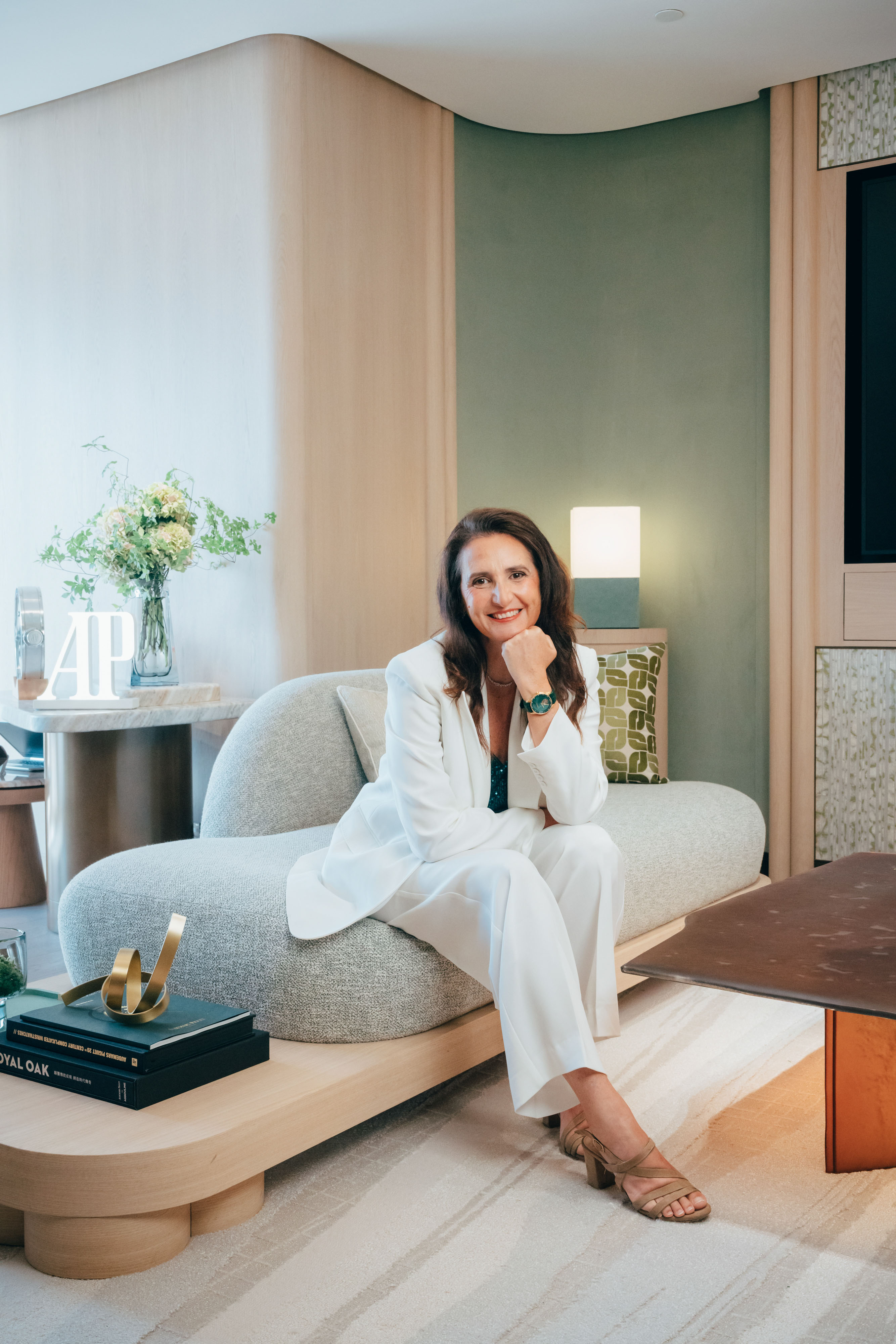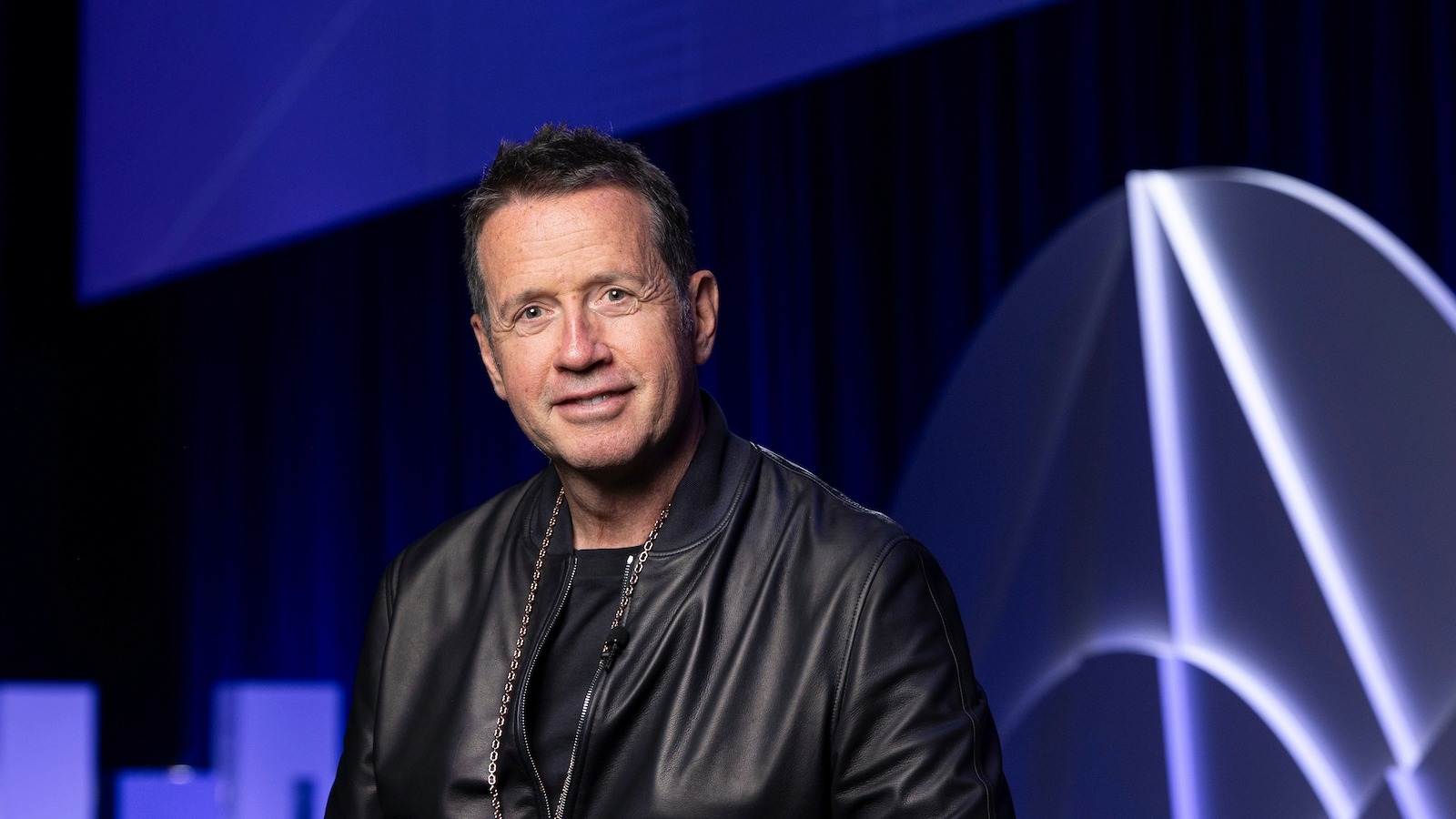Last summer, French luxury conglomerate Kering appointed Patrick Pruniaux as CEO of its Swiss Watchmaking Maisons: Ulysse Nardin and Girard-Perregaux. In this interview, he shares his thoughts on the perfect customer journey and his plans for 2019.

Last summer, French luxury conglomerate Kering appointed Patrick Pruniaux as CEO of its Swiss Watchmaking Maisons: Ulysse Nardin and Girard-Perregaux. In this interview, he shares his thoughts on the perfect customer journey and his plans for 2019.
How do you put your experience at Apple to work at Kering?
It’s difficult to draw out a single action that I do that comes from my time at Apple. However, one thing that does spring to mind is the attention to the end-consumer. I think that in the watch industry we can sometimes get distracted from the final consumer – focusing too much on the creative process of making the watch itself. That is, clearly, a critical element; you need to allow your watchmakers and designers freedom of creativity. But, on the other hand, you do need to listen to what the market is saying, what the consumer wants. You cannot create in a vacuum.
In addition to the design of the pieces, there are other factors like customer experience which are increasingly just as important for the consumer. This is at the top of our mind for the two brands.
How do Ulysse Nardin and Girard-Perregaux appeal to a new audience of watch buyers?
There is a new generation of consumers emerging for us, they are attracted not only to our horology – however that may be defined – but also interested in our more affordable products. For these new consumers, Girard-Perregaux and Ulysse Nardin are particularly interesting.
These new customers have a desire to understand the history of Swiss watch-making – they want to feel the authenticity of the products and the genuineness of the brand. But they also aspire to try new things. A product like the Freak or the evolution of the Freak with Ulysse Nardin falls exactly into that brilliant duality. There is no doubt that is an iconic product, but you now have a new version with new materials and new designs that complement the range. I think that these types of products, or the Laureato Absolute at Girard-Perregaux would certainly excite the younger client.
Ulysse Nardin partnered with e-retailer Farfetch. What are the next steps regarding e-commerce?
With regards to e-commerce, the price point isn’t the issue when you sell online. It is more about the ability to touch a product: To feel it. Almost all year round, the consumer experience starts online, whether we like it or not! This is a natural development in the nature of consumerism – when you buy a car today, you start your purchase experience online – there is no reason why a watch purchase would be different from that. You may question whether there really is an e-commerce potential for horology? I believe that there truly is, it just depends how you approach it. I believe in a continuity of customer experience which begins online and finishes in the concrete product.
Ulysse Nardin is still discreet in China. Any plan to strengthen the brand’s presence on this market?
I can share a piece of news with you today: We are going to open our first Chinese flagship store in Shanghai. We don’t intend to have a very large distribution in China because it’s part of the brand values to have an exclusive distribution but we intend to have a proper experience for Chinese customers. And the flagship store will be probably the entry point to the brand for many members of the Shanghai population.
Are you considering luxury e-commerce platforms in China such as JD.com or Alibaba’s Luxury Pavilion?
It is important to remain very open-minded and understand exactly what is the ‘value proposition’ for the end-consumer. Many of the luxury e-commerce platforms to which you are referring are extremely professional in their approach to the business, and also have exceptional knowledge of their client. Therefore, we remain very open-minded.
This interview has been conducted at SIHH 2019, together with our partner Europa Star.










